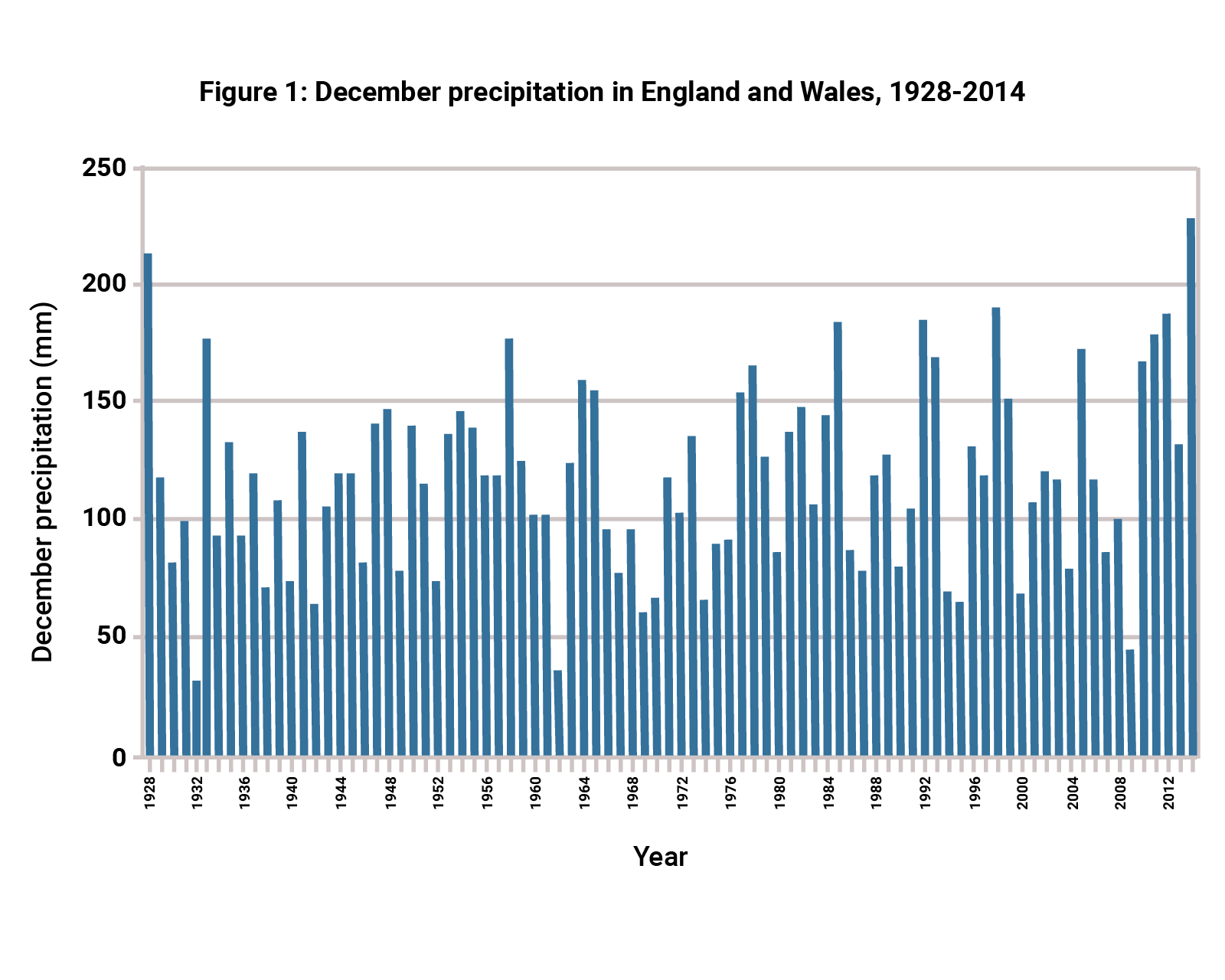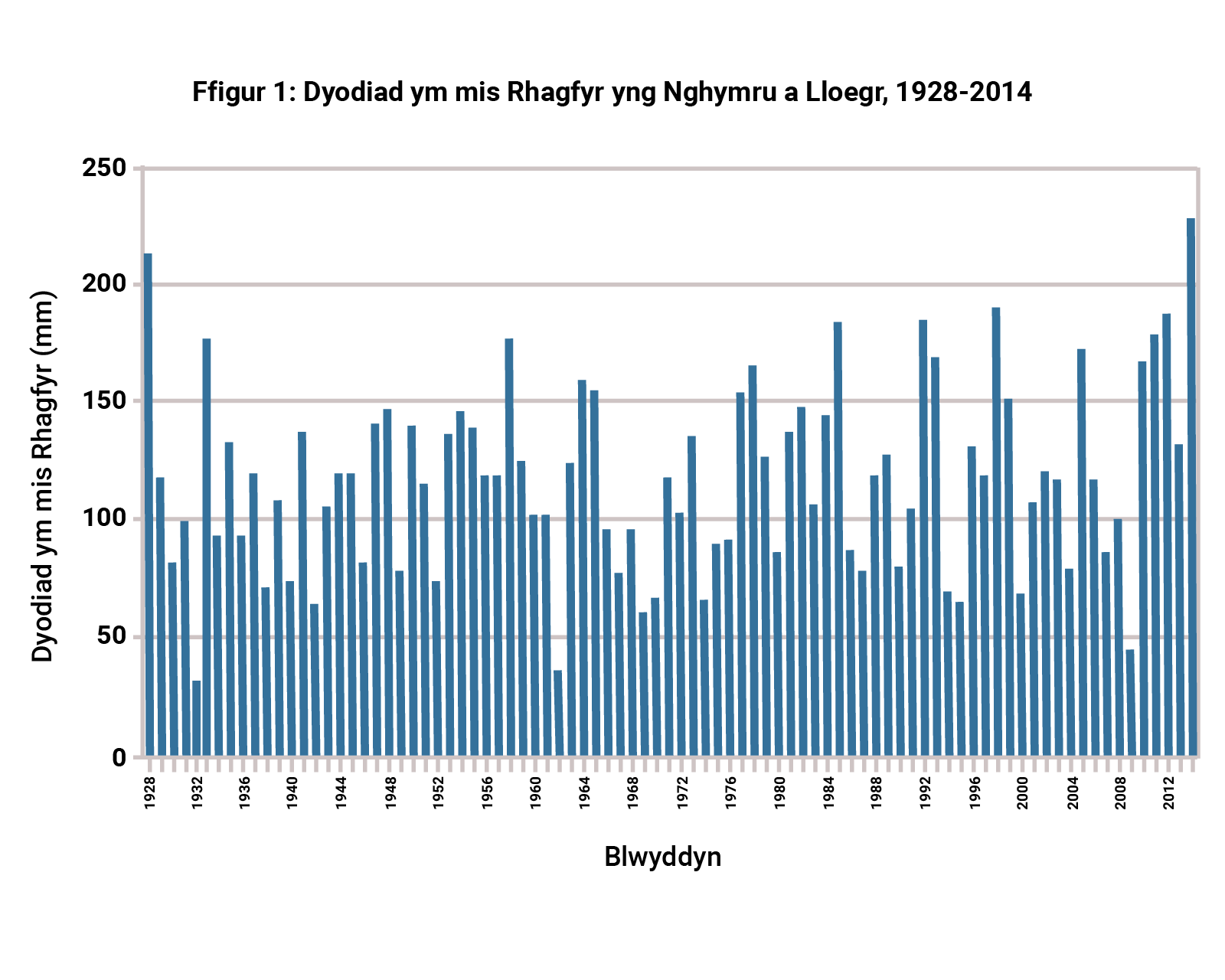What’s the story?
Select the three analytical statements below which, when combined, best summarise this graph’s overall ‘story’.
Beth yw'r stori?
Dewiswch y tri datganiad dadansoddol isod sydd, gyda'i gilydd, yn rhoi'r crynodeb gorau o 'stori' gyffredinol y graff hwn.






